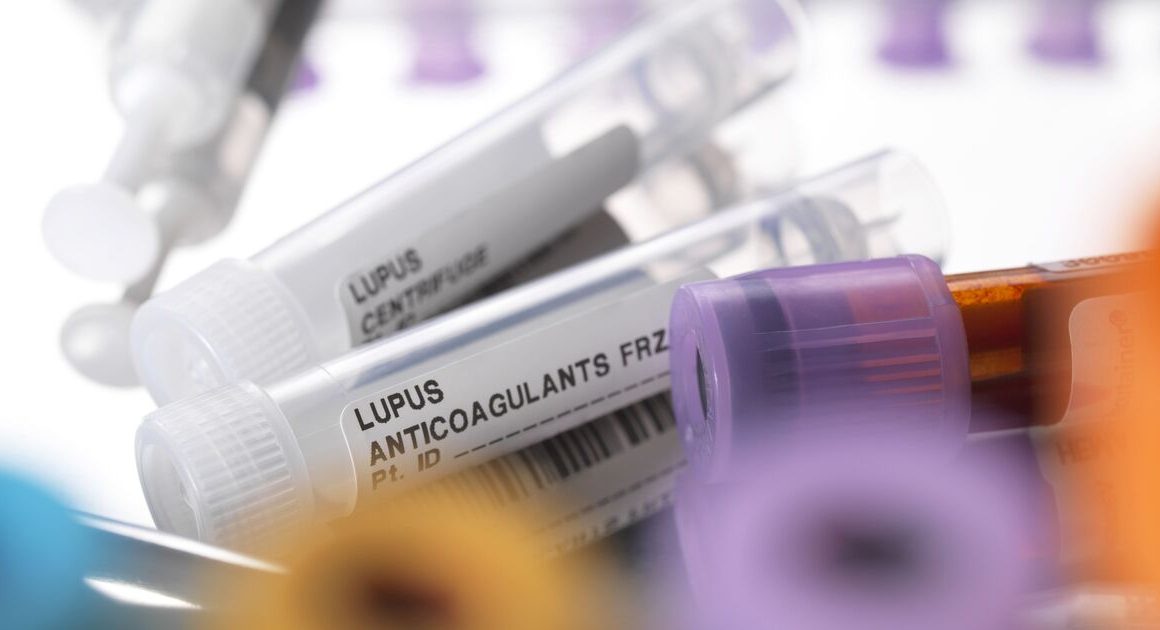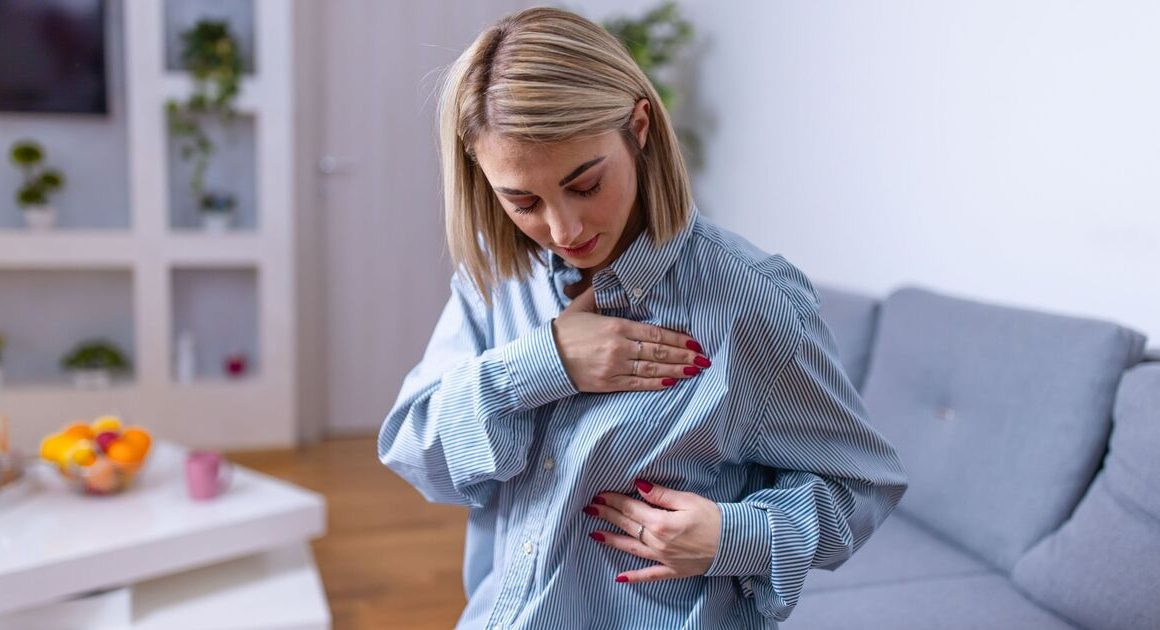Lavender is typically robust, preferring dry, stony soils and hot, sunny climates.
However, the lavender plant is frost-tolerant, making it an ideal evergreen that comes back year after year.
While lavender is a low-maintenance garden plant it can benefit from one task, according to Monty Don – pruning.
Your lavender plant becomes woody over time and will develop an odd shape if you let it grow wild.
Pruning promotes more compact growth and abundant flowering in spring and even a second flowering during summer.
Monty claims that lavender should be “pruned every year” and “the best time to do this” is as soon as the flowers start to fade, which, depending on the variety, can be any time between midsummer and the end of August.
Gardeners should never wait for the seed heads to form or the flowers to turn brown as they need to allow the maximum amount of time for regrowth before winter.
The trick is to cut back hard to a good compact shape but be sure to leave some new shoots on each stem as “lavender will often not regrow from bare wood”.
These new shoots will “grow fast and provide an attractive and healthy cover” to protect the plant in winter and “provide the basis of next year’s display”.
Now, all those cuttings left over from your diligent pruning don’t have to go to waste. Just to take it further, you could grow your own lavender from your cuttings.
It’s a great way to replace any lavender hedging or plants that might have done poorly or needed to be removed or just an easy way to minimise the amount of waste left over.
To grow more lavender plants, take your lavender cuttings and pick out the side shoots of lavender that don’t have any flowers on – ideally you want one with a heel of bark, a thin strip of bark on the lower end of the stem, still attached as this becomes the plant’s new roots.
Take your knife and trim the bottom of the stem leaving a short length of bare stem exposed.
Now push our exposed piece of the stem into the pot, you can insert multiple cuttings into one pot, if you would like multiple just ensure they are evenly spaced.
Water the cuttings well and place them in a shaded humid space, this is where the greenhouse or a polythene bag comes in, check on them regularly to ensure they are not in poor condition.
By the next spring, they should have grown a good root system and top growth as well, indicating they are ready to move into a larger pot and live in your garden.












